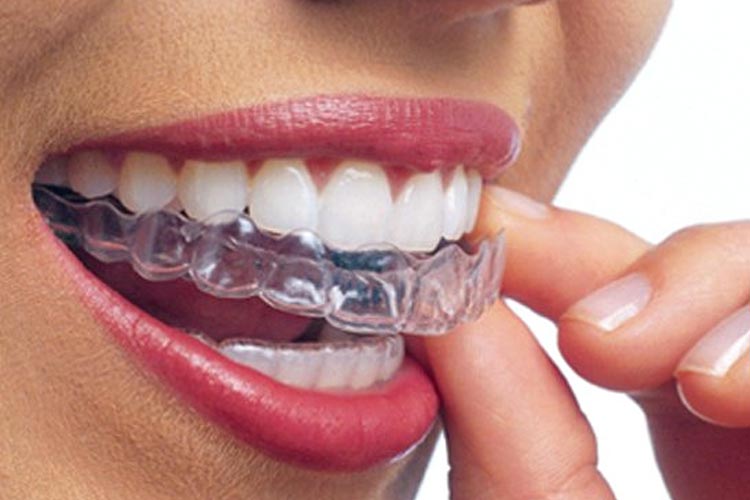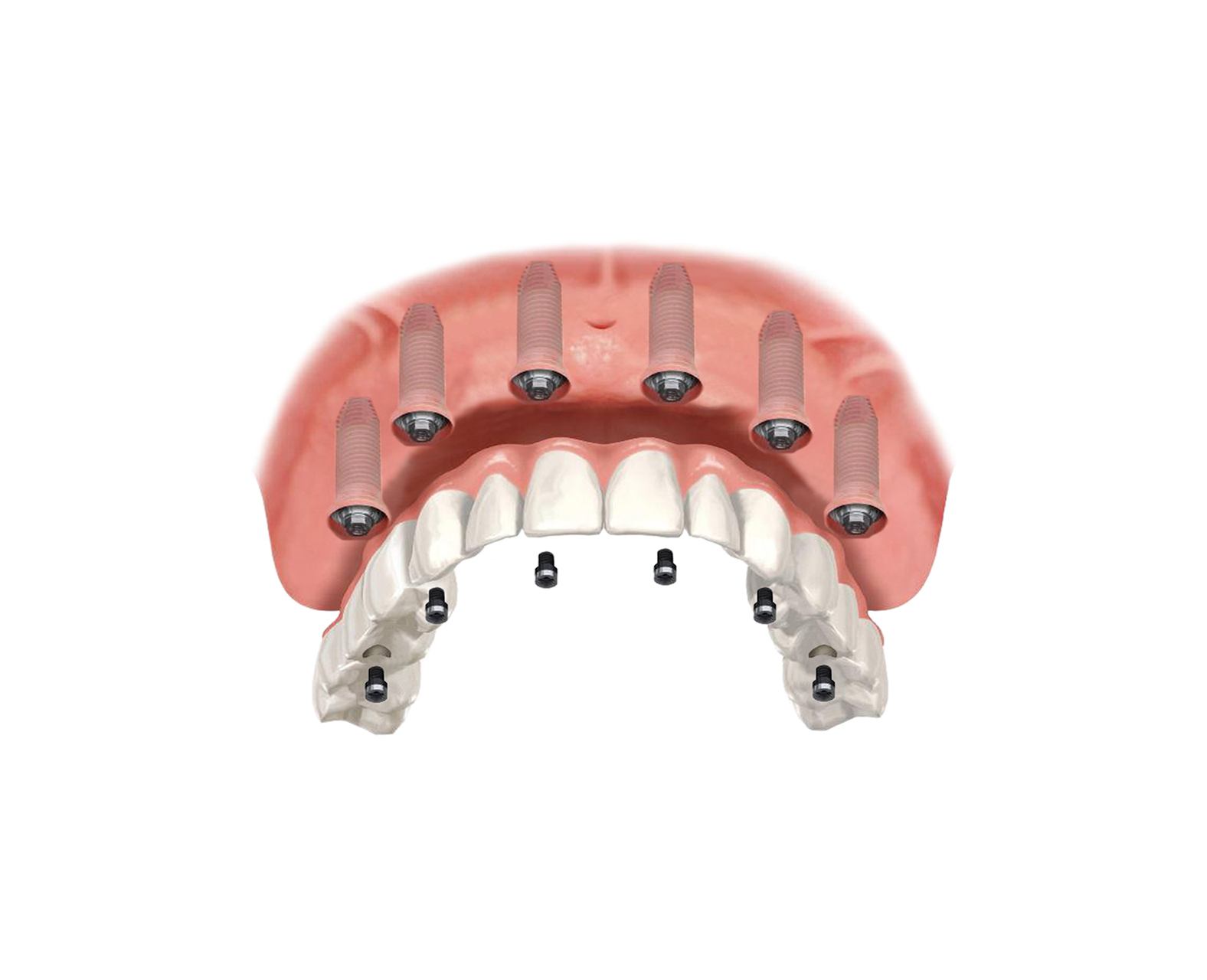Fluoride Application
Tooth decay begins and progresses when the outermost layer, called tooth enamel, is dissolved by acid. In children, a certain time is needed for the enamel of newly erupted teeth to mature, and young teeth are more prone to caries during this time.
Superficial fluoride applications are a method that can only be applied by dentists. Fluor joins the structure of the tooth enamel and matures the enamel, protecting it against caries-causing bacteria and the damage caused by the acids produced by these bacteria. In addition to these, fluor also prevents the progression of incipient white spot caries. Fluor application is a very simple and preventive treatment that takes about 5 minutes.

Fluoride Application
Populer Services

Our philosophy is to offer treatment to all people by focusing on the relationship of your teeth and gums to your total body health. We want you to make sure that your smile reaches your goals for comfort, function and appearance. We are here to do this. We also understand that the choice of dentist is an important decision. After all, your smile says a lot about your greatest asset and overall health. You will be greeted in an environment where you can relax from the moment you enter the door.
- +90 (258) 262 30 52
- contact@tulayakkol.com.tr










